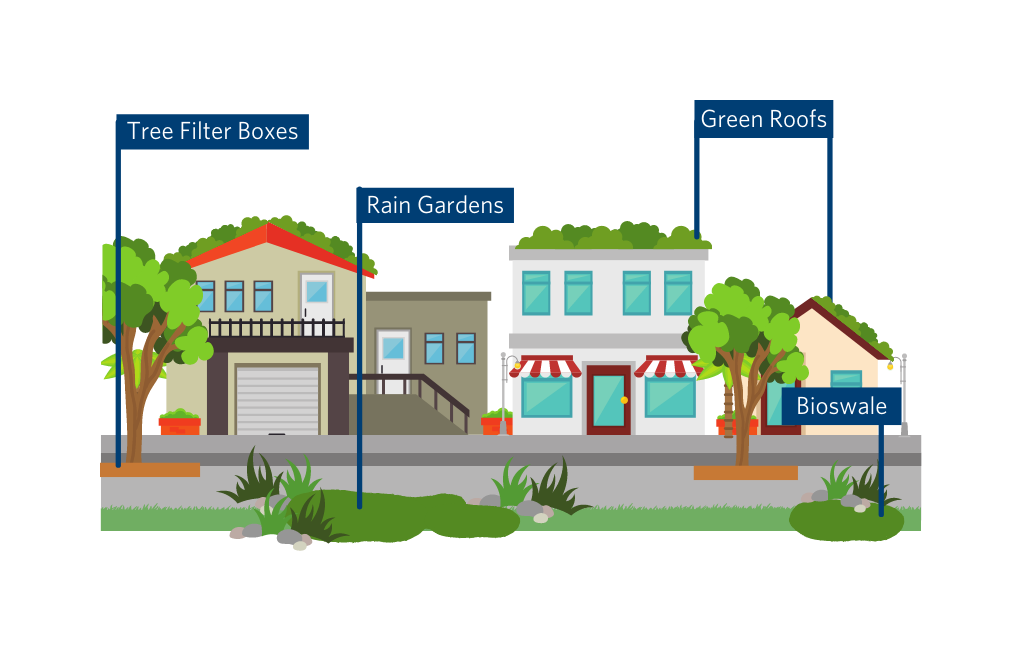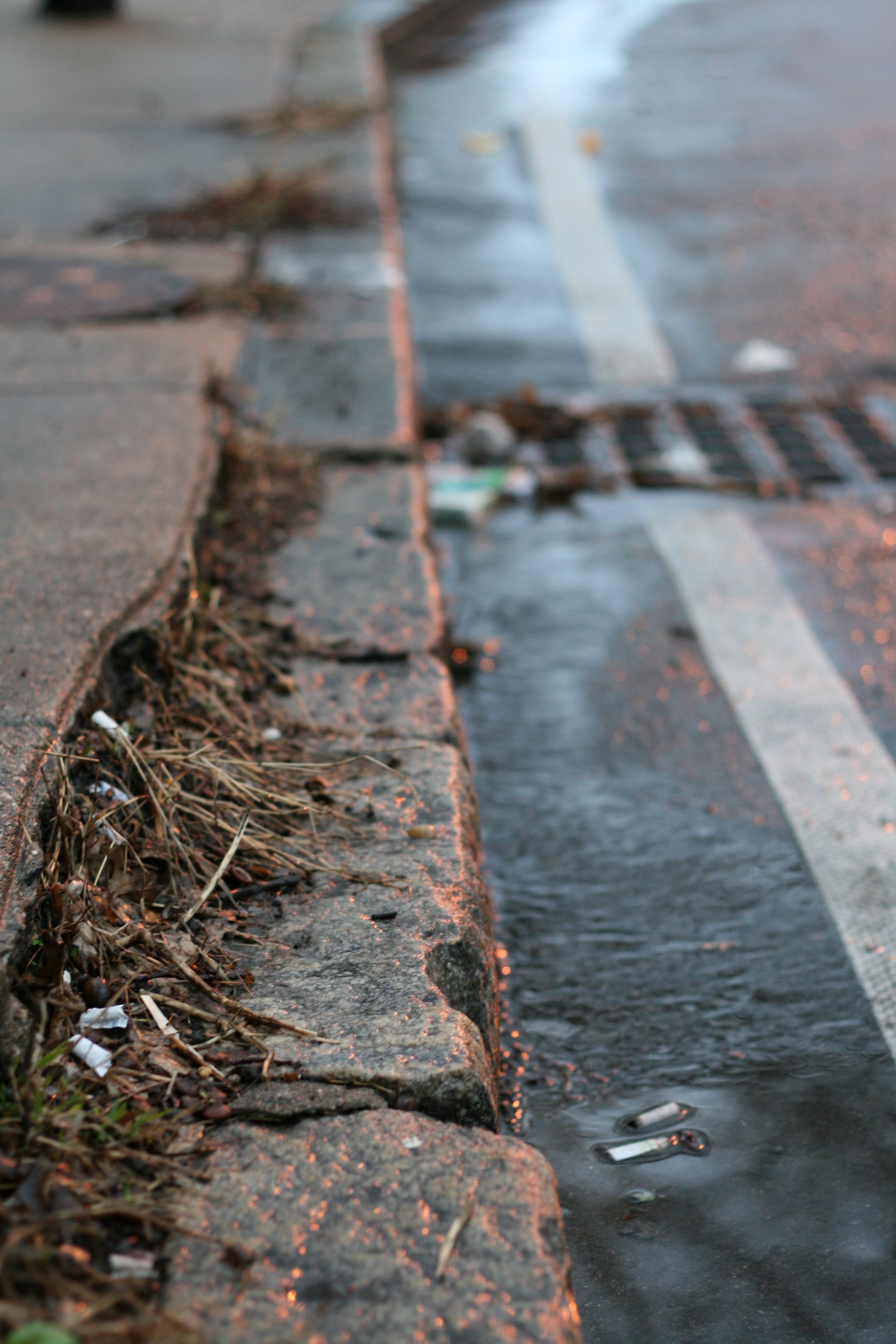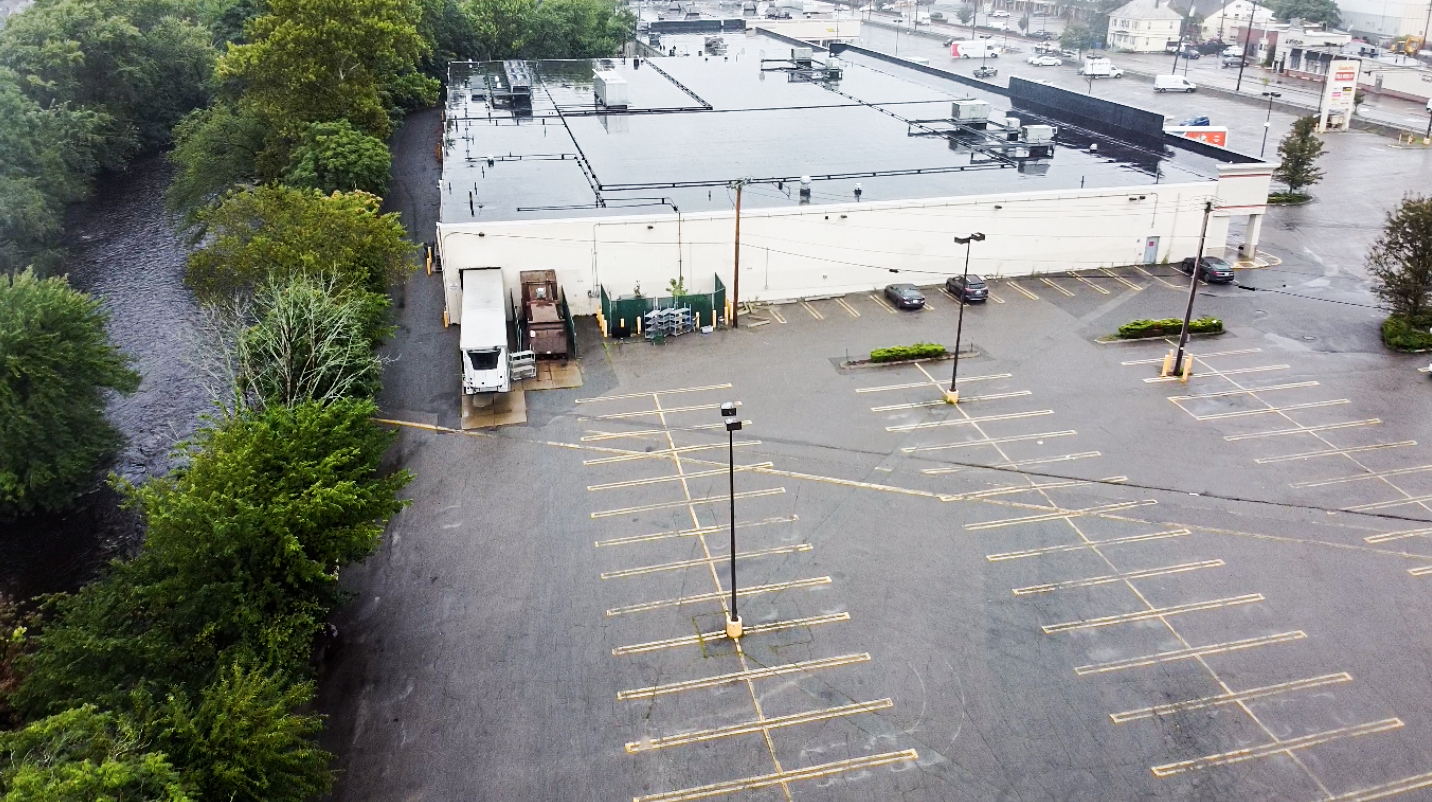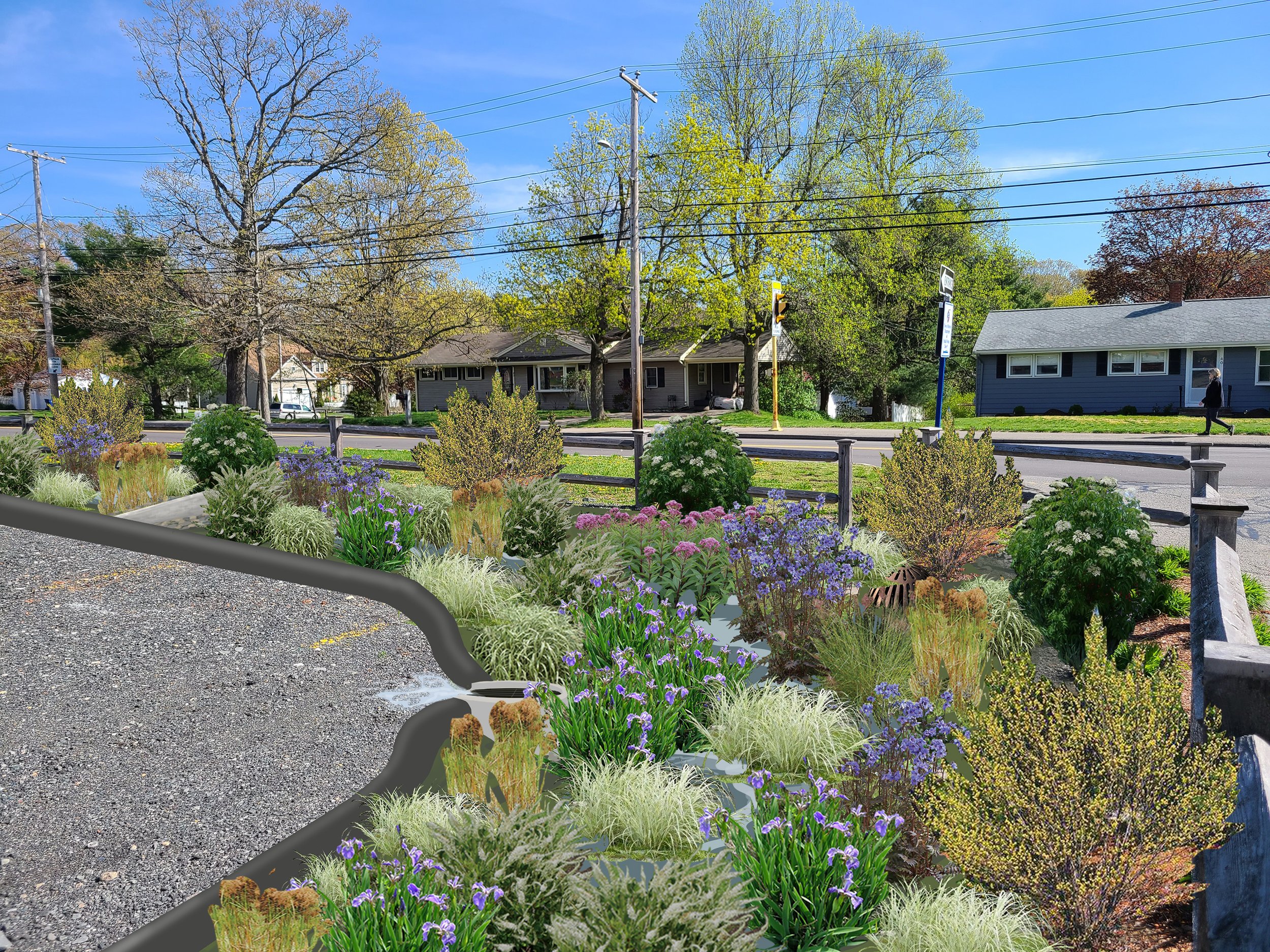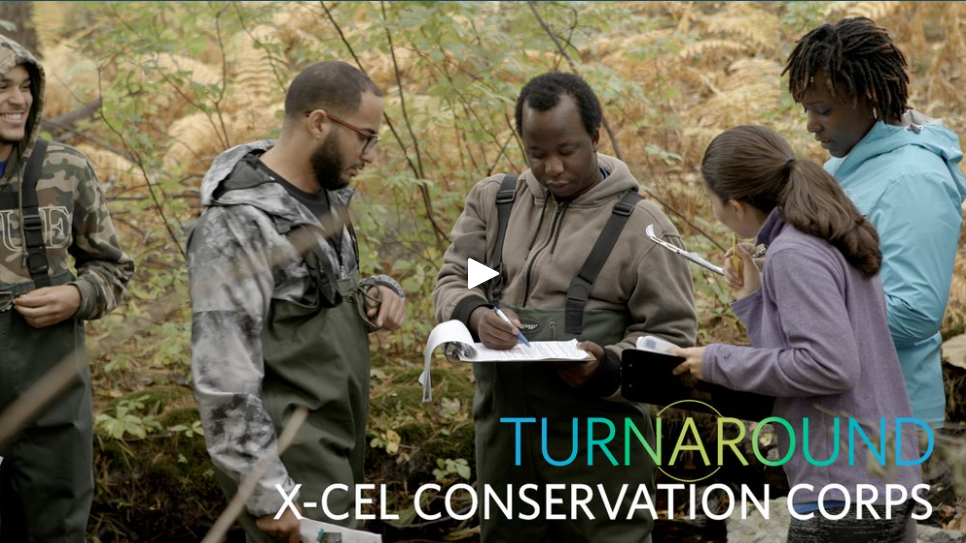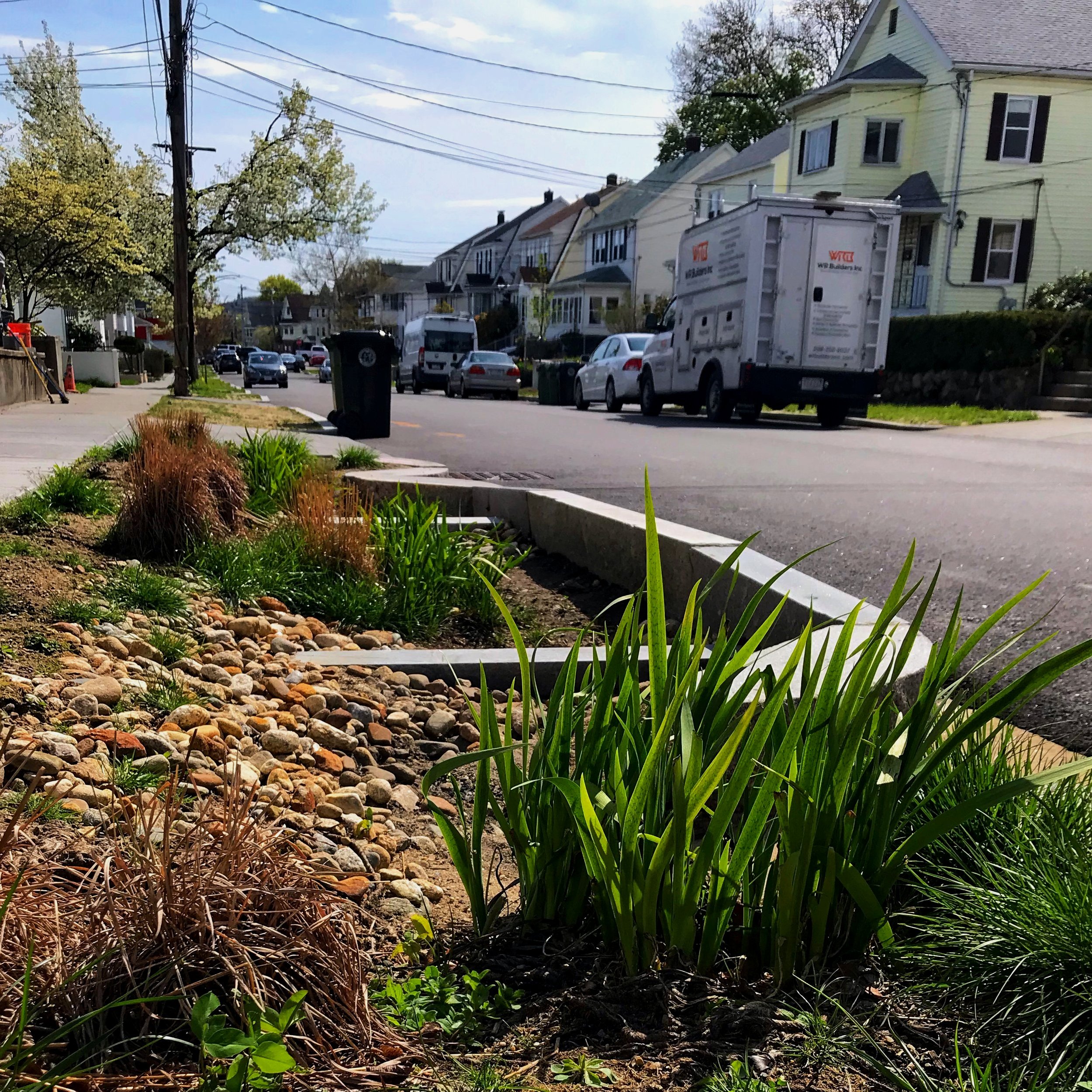
GREEN STORMWATER INFRASTRUCTURE
Nature-based Solutions for stormwater pollution.
Stormwater pollution is one of the greatest threats to the Charles River.
When it rains or snows, water runs off our roofs, sidewalks, driveways, and roads––all the impervious surfaces that make up our built environment––picking up pollution along the way.
This runoff flows into our traditional stormwater pipes, creating a super-highway for pollution, and bringing runoff straight to the Charles River.
Just 3% of impervious groundcover can have drastic impacts on the health of our river, and in our highly urbanized watershed, with up to 80% impervious cover in some areas, this polluted runoff degrades the river ecosystem––carrying excess nutrients that cause invasive species growth and cyanobacteria blooms––and causes significant flooding.
We’re bringing nature back:
We are working to design, build, and maintain Green Stormwater Infrastructure all across our watershed to reduce stormwater pollution, mitigate flooding, and prepare for the impacts of climate change.
EXAMPLES:
What is Green Stormwater Infrastructure?
Green Infrastructure are urban design solutions that bring nature back into our built environment.
These interventions mimic the natural water cycle to stop stormwater runoff from polluting our rivers and flooding our homes, as well as make our neighborhoods more resilient to climate change, create wildlife habitat, cool our neighborhoods, and beautify public spaces.
Green infrastructure can look like a lot of things—rain gardens, permeable pavement, infiltration chambers, tree pits––but they all help restore our watershed.
BIORETENTION
POROUS PAVEMENT
Rain gardens, bioswales, and tree box filters are placed in low-lying areas to collect stormwater runoff, filter out pollution, build biodiversity and wildlife habitat, and mitigate flooding and heat.
INFILTRATION
Porous pavement is designed with voids or gaps to allow stormwater to pass through to the soils below! This can be used to replace impervious surfaces in urban environments, while still allowing driving, walking, parking.
Infiltration chambers are underground areas designed to store large volumes of runoff and flood waters during extreme weather events and slowly recharge the groundwater to mitigate flooding.


